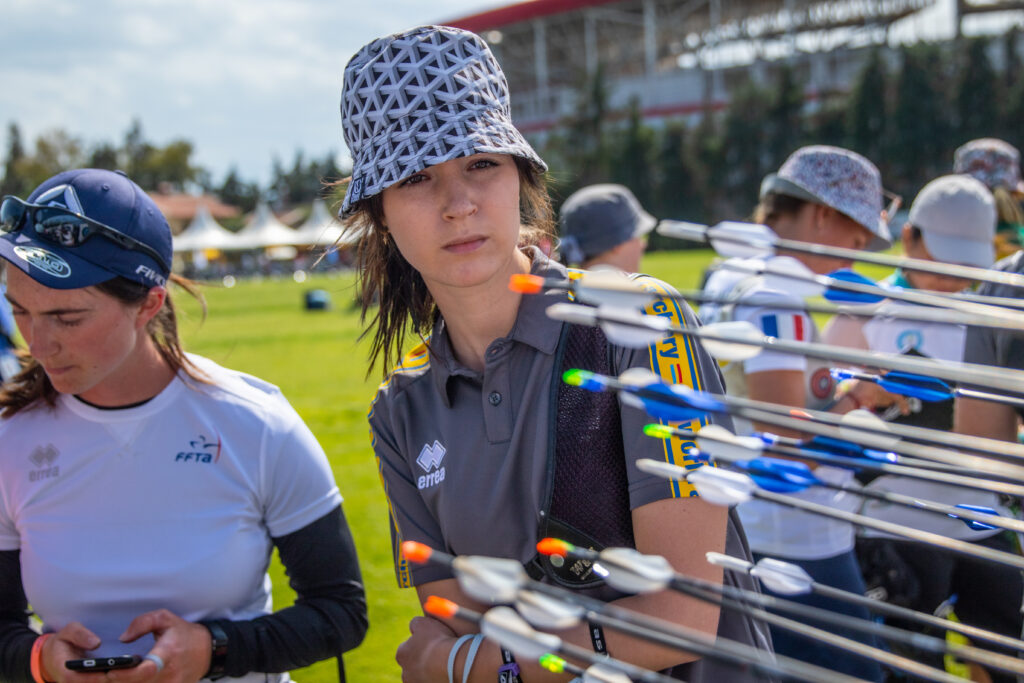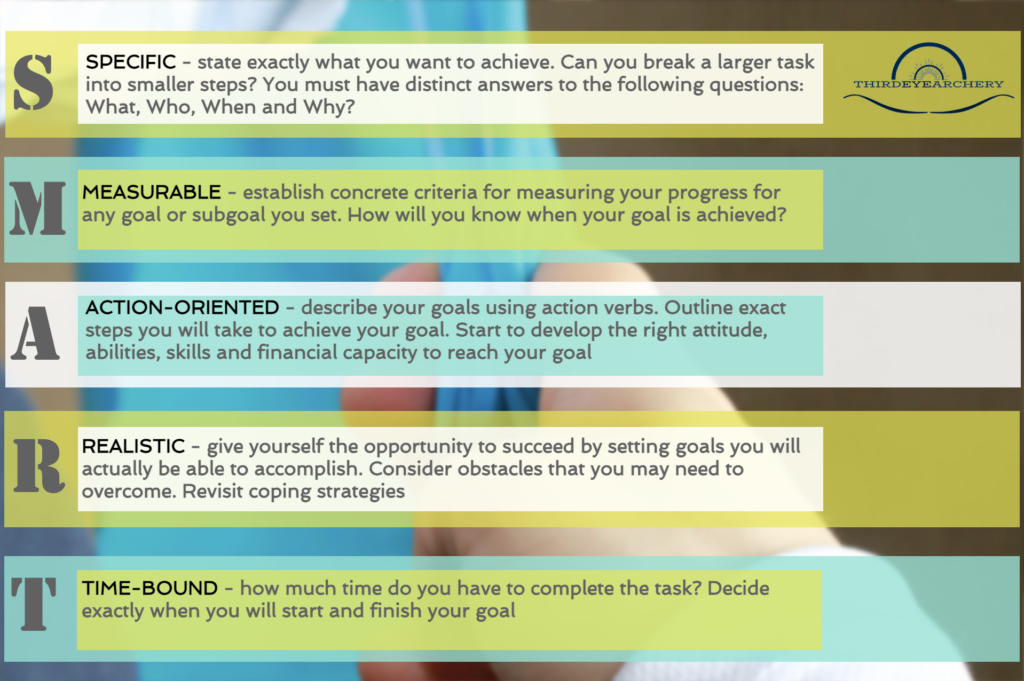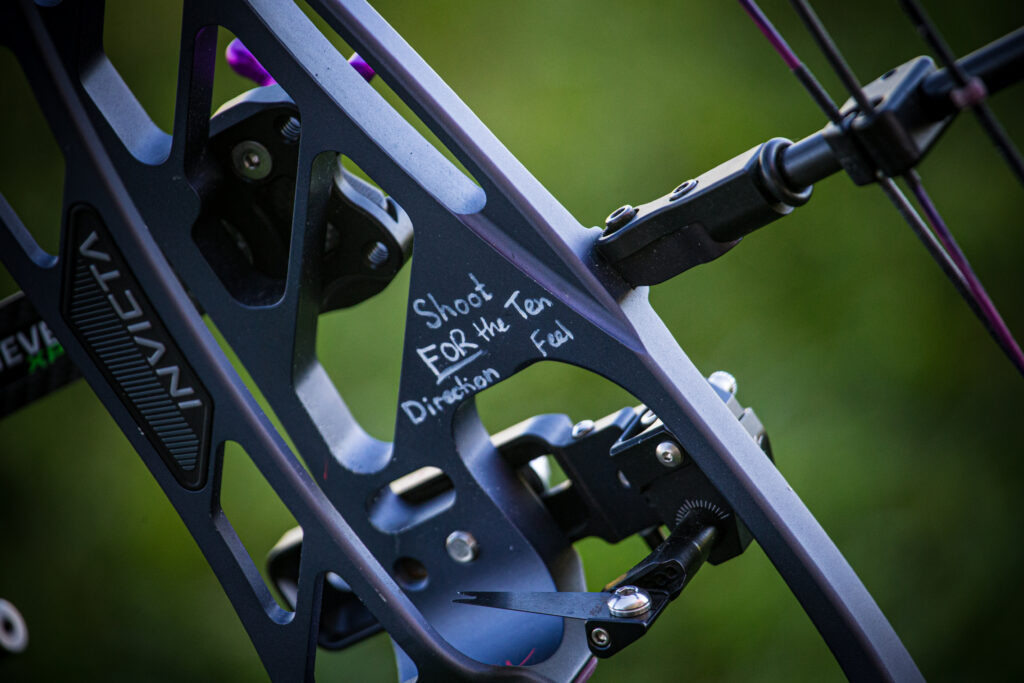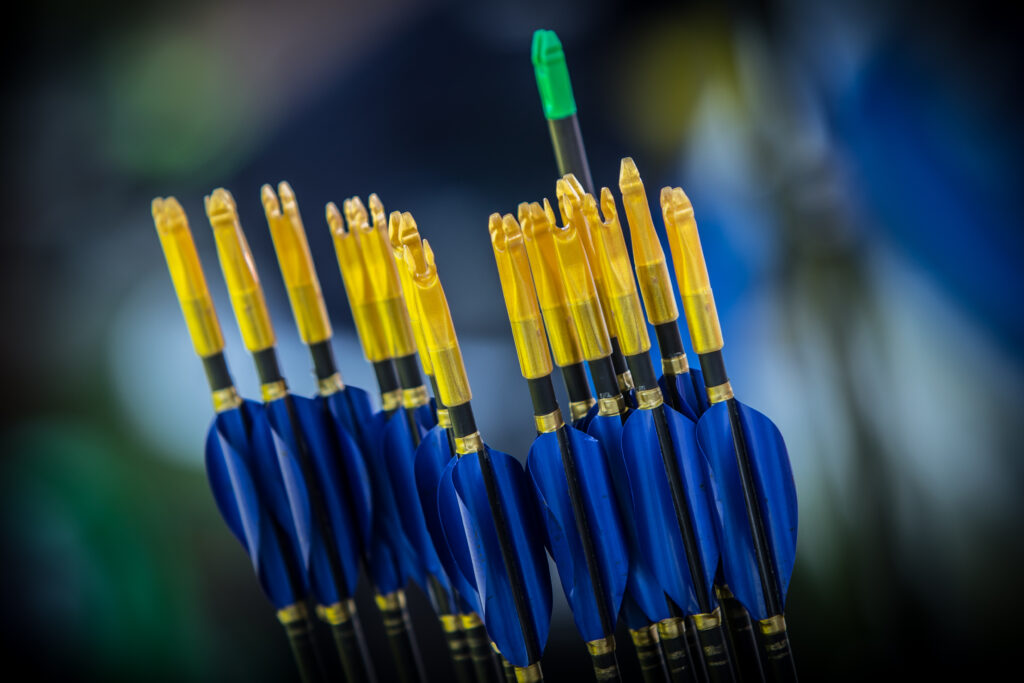Lucy O’Sullivan says: never fear the hard work
With archery, as with any sport, it’s not uncommon to go through different periods of enthusiasm; shooting lots, shooting a little and sometimes not shooting at all. Following such periods away from the sport it can seem like a daunting task getting back into it.
The vision thing
Do you really want to be an archer? Do you really want to get back into it? You may need to get through a painful mental hurdle or two first.
I want you to write down on a sheet of paper all the things that are holding you back from practising right now. Is it a lack of strength to hold or pull the bow? Is it the unsteadiness of aiming? Is it that other commitments have got in your way? Putting the issues on paper now will help you with goal-setting. Most of the issues holding you back now will be used to set your medium-term goals. Remember: most people never write down their goals.
What is the big thing you want to achieve this year? Play around with it in your mind. Is it going to be your best archery season? What do you see yourself doing and achieving this year? Write down what you really want. These grand visions will be used to set your long-term goals.
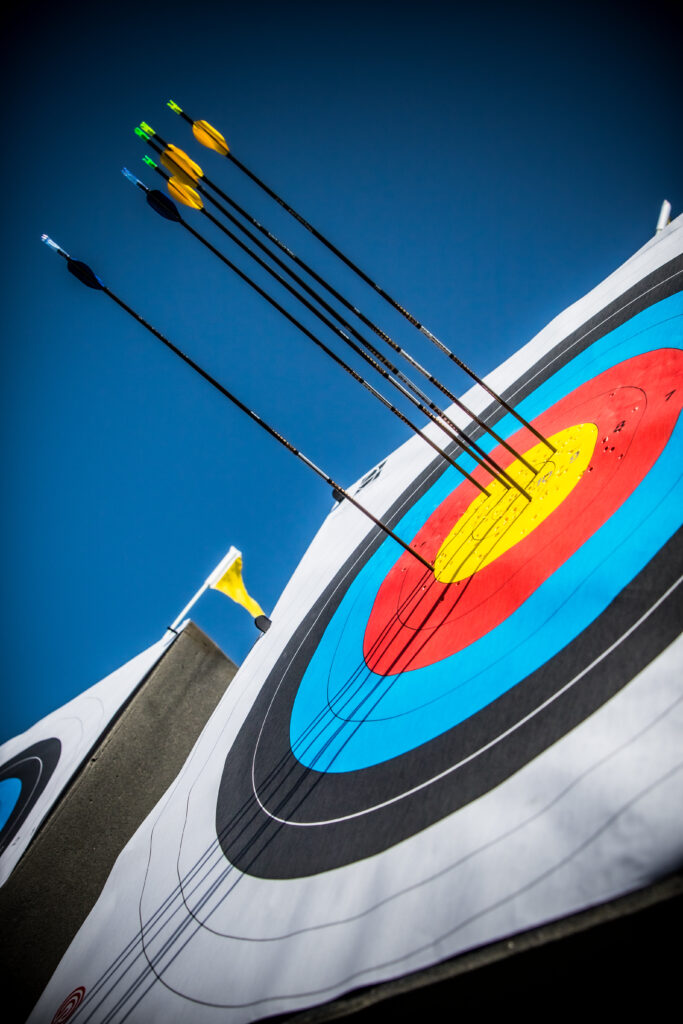
Once you’ve done this, it’s time to make your short-term goals – AKA the action plan. For example: is your lack of bow-arm strength holding you back from going to a national tour this year? Let’s turn this into a goal. We want to make it ‘SMART’ – specific, measurable, achievable, realistic and time-specific – look at the box below for more details about SMART goals.
We need a little more than “I want a stronger bow arm”. How are you going to make this SMART? You could change it to: “I want to be able to hold my bow steady, without fatigue, for a whole weekend, at the first national tour this summer.”
SMART goals
Outcome goals fire the imagination best when they are crystal-clear. A well-known framework for shaping goals uses the mnemonic acronym SMART, where goals should be:
- Specific
- Measurable
- Achievable (or action-oriented)
- Relevant (or realistic)
- Time-bound
This is one of the best-known versions, although it’s not actually the ‘original’ version, created by management expert George T Doran in the early 1980s. Some business-based lists change ‘achievable’ for ‘assignable’, or make the last ‘trackable’, ‘timely’ or ‘testable’ – all of which would have applications for archers and athletes.
There are whole books devoted to the subtleties of this framework, but to briefly summarise: instead of saying “I’d like to win the county tournament”, you would reframe it as, “I want to make the podium at the county tournament next September, shooting strongly and confidently.” You could add: “with a ranking round score of at least (y), to enable me to qualify for (z).”
It doesn’t mean you will win it of course – you could still be outshot by better archers. But, assuming it’s achievable, this is a much more powerful tool that is designed to help your subconscious find a pathway towards achieving it. You should make sure to state your goal in the present tense, as a statement of intent. It’s also a good idea to think of a short list of resources that will help you and support you along the way.
To be effective, goals need to be part of your everyday life, at the top of your mind. This is especially the case with the process goals common in archery. There are many ways to do this; a common method is to put them somewhere you will see them every day – attached to a bedroom or bathroom mirror, the back of a door, taped to your desk, or anywhere that will definitely become part of your daily awareness. Some archers have them inside their case and occasionally even written on their bow or attached to their equipment.
You could make an image of your written goals and use it as your desktop or phone background image; there are also apps that will flash goals up on your screen on a regular basis. Other productivity experts recommend more extreme measures such as reading them aloud three times every morning, or writing out your goals by hand each and every day. However you choose to do it, make sure they are part of your consciousness on a regular basis.
Putting it together
Break the goals down into time periods. What can you do today, this week, this month, the next three months, the next six months, the next year and so on to make your goals happen?
If you want a stronger bow arm, a good thing to do would be to hit the gym at least once a week and do some upper body strength exercises. “To achieve my goal of ‘being able to hold my bow steady, without fatigue, for a whole weekend, at the first national tour this summer’, I will do an upper-body-focused gym session once a week for a month.”
Great, what else can help? Maybe walking around your home with some weighted bands around your arms? “To achieve my goal of ‘being able to hold my bow steady’, I will wear weighted bands around my arms for one hour every evening for the next month.”
The most powerful exercises for a stronger bow arm are reversals, one of the most talked about but least often performed exercises by archers. But the most important thing is shooting your bow more often!
Here we can break this goal down as much or as little as you want. You could try something like: “To achieve my goal of ‘being able to hold my bow steady’, I will use a progressive overload plan for eight weeks:
- I will shoot my bow, 100 arrows or more, once a week for the next two weeks.
- I will then shoot my bow, 200 arrows or more, once a week for the next two weeks.
- I will then shoot my bow, 100 arrows or more, twice a week for the next two weeks.
- I will then shoot my bow, 200 arrows or more, twice a week for the next two weeks.”
And so on, and so on. Needless to say, do not go from shooting nothing to shooting thousands of arrows every day, as you will get injured, fast! If you are truly starting from nothing, you must build up your strength and stamina until you feel good enough to shoot three, four or five times a week.
To take a gym goals example, before Christmas I was deadlifting 100kg for six reps. I didn’t do much over the festive period and as a result I have not gone straight back into to lifting 100kg. I have to build it back up. Yes, it will take me fewer weeks to build up than a novice, but I will still only lift, say, 80kg for six reps, so that I avoid injury before I build back up to 100kg again. Be sensible, take your time – you have all winter to build up your strength.
So, to recap, your long and medium-term goal of “I want to be able to hold my bow steady, without fatigue, for a whole weekend, at the first national tour this summer” is broken down into the short-term goals of:
- I will go to the gym to do an upper-body-focused session once a week for a month.
- I will wear weighted armbands for one hour every night for a month.
- I will use a progressive overload in my shooting sessions for the next eight weeks.
You can then re-evaluate your action plan to see if there are any extra achievable things that can make your bow arm even stronger. And if it is not working, for example you need to hit the gym more than once a week or need to shoot for longer durations, this can all be added in. Or, if you have set your goals too high, you can cut back on the short, medium or long-term goals so that it becomes more achievable.
Of course, after the first period you will need to review and update your short-term goals. And if you have done really well and your bow arm is already strong enough, maybe its time to set some even bigger medium or long-term goals for the year.
A lot of this may sounds familiar, but the vast majority of archers do not break down what they want to achieve and thus spend years floundering some distance from where they want to be. It may seem complicated, but it’s simpler than wasting endless sessions unsure of which direction you are heading.
Myself and Sarah Smith have often talked about goal-setting on international trips and she has just designed some really great training journals. Her Performance Studio Planners will help you with your shooting goals, not to mention they are very aesthetically pleasing. Along with this article, you can plan for your best year yet.
If you have any questions you can find me on Instagram on @OSullivan_archery or @StrengthbyLucy. Happy shooting!


